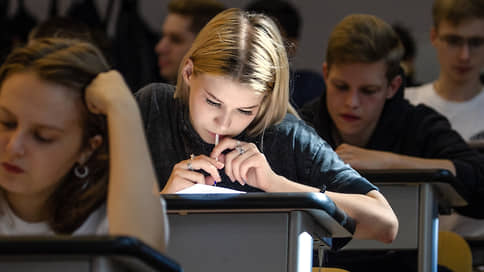up to 31% of the family budget goes to the education of children and adolescents in the Russian Federation
[ad_1]

The share of household spending in the total spending on the education of children and adolescents in the Russian Federation reaches 31%, experts from the Higher School of Economics estimated, after analyzing the spending of Russian families in the “Monitoring the Economics of Education”. In total, according to their estimates, in 2021/2022, national spending on education at all levels for citizens from one and a half to 24 years old amounted to 6.7 trillion rubles. Most of the amount is government spending from budgets of different levels (4.58 trillion rubles), but the contribution of private funds also turned out to be significant (2.13 trillion rubles, or 46% of all budget funds). The main share in private spending fell on spending on additional education (953 billion rubles), including 261 billion rubles, or 27%, on tutors and private teachers. Associated spending, including living expenses, accounted for almost 635 billion rubles in total, or about 30% of private spending; they also include expenses for books, stationery, uniforms, computers and software, the Internet, electronic subscriptions and transport.
Expenditure on basic education amounted to 400 billion rubles, or a fifth of the population’s total expenditure on education. Another 139 billion rubles. families spent on needed educational organizations. It should be noted that, according to the OECD, in developed countries, the share of household spending in total education spending is also about 30%. Most of these funds (72%) are allocated to higher and higher vocational education, primarily through fees for basic education.
The structure of educational expenditures of households looks similar in the Russian Federation – the older the child, the higher the average family spending.
Thus, the monthly amount of expenses for a child aged 1–2 years is 3.8 thousand rubles, which is 18% less than the expenses for a child of average preschool age (3–4 years). In families with children aged 5-6 years, the average spending reaches 5.5 thousand rubles. per month. The burden on the family budget while studying at school is even higher – 8.3 thousand rubles. per child per month, and most of it is spent on additional classes. Studying at a university is more costly than at a technical school or college, and family expenses per student in the system of secondary vocational education are even lower than those for a high school student. On average, families allocate about 8 thousand rubles from their budget per month for the education of a SVE student, almost 10 thousand for a high school student, and about 13.5 thousand rubles for a university student (VO).
[ad_2]
Source link






